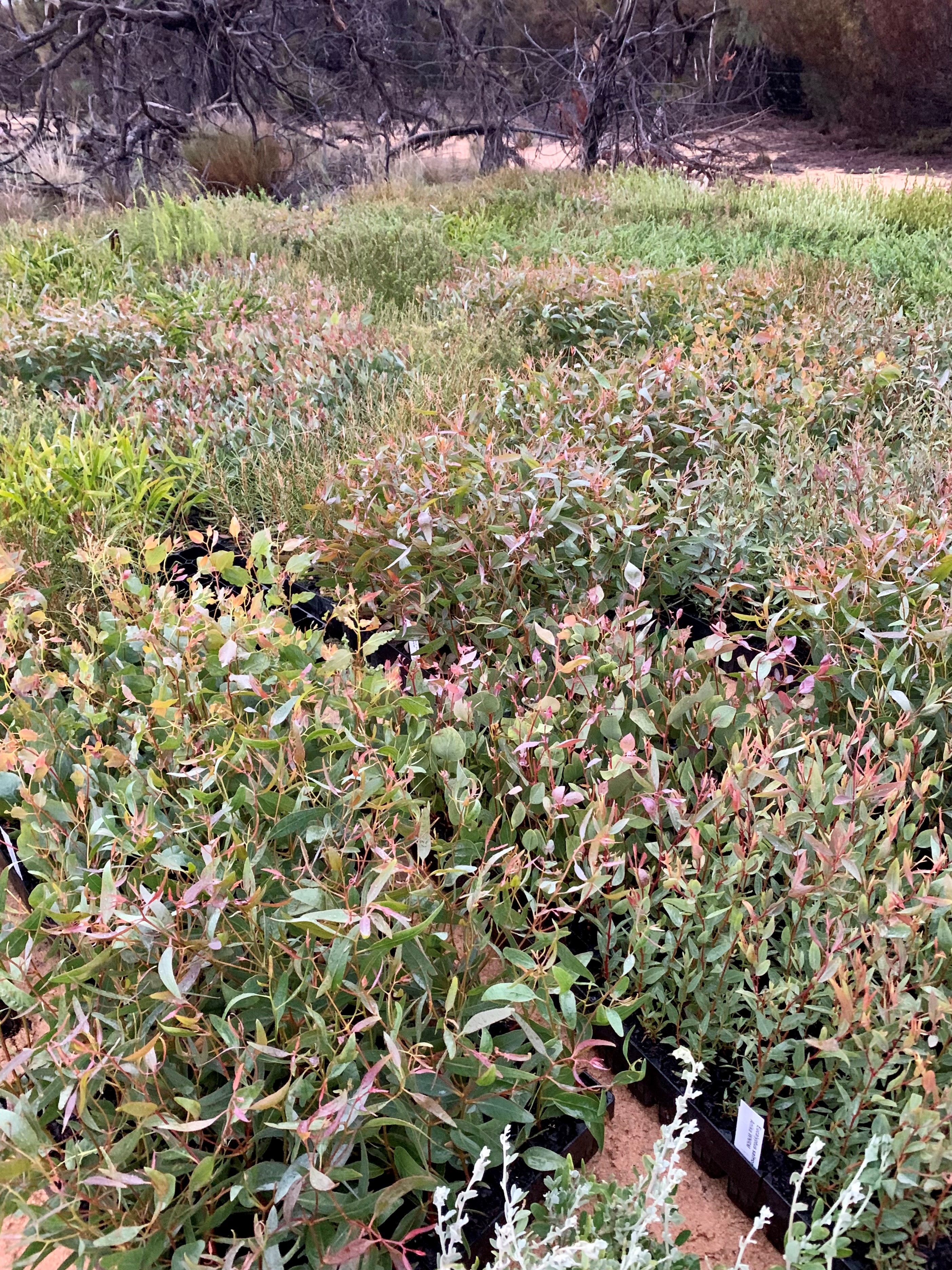Just like Christmas, the seedling order period comes around pretty quickly. This means it’s time to get orders in for 2022 plantings.
It may be a creek line or a difficult to access paddock that can be earmarked for revegetation. Or, maybe you want to revegetate your entire property over time. Whatever the reason, nurseries are now starting to propagate seedlings for next year’s planting season. Depending on the species, it takes a good 6 to 8 months of love and care to ensure that seedlings are ready for planting.
Planning Your Planting
When considering a revegetation project, the plant species will play a large role. Things to consider when planning a seedling order include:
- The location of the site’s landscape. Is it creekside? Maybe a hill slope? Or a hilltop? Or it might be a plain?
- What are the characteristics of the site? Is it prone to waterlogging or salinity? What is the soil type?
- The region that the property is located in. Seedling orders are generally based on whether the species occurs naturally in that Shire.
- Consider the planting location and positioning of surrounding trees in relation to cropping areas. Root zones may draw water from these areas.
- Accounting for climate change. It’s best to choose species that extend a significant distance to the east of the planting site. This will ensure that the plant has the seasonal tolerances that will suit the site in 50 to 100 years.
- Give some thought to the use of the planting site. It might be food plants for Black-Cockatoos, it could be habitat for Malleefowl or phascogales or it might be to enhance a Eucalypt Woodland. What species will benefit from the planting in the future?
- It’s also worth asking the nursery is they are able to grow seedlings from seed collected within the Wheatbelt area (ie – provenance seed).
Need To Know More?
There are some great online resources when it comes to identifying species found in the local area:
- Florabase is an interactive resource brought to you by the Western Australian Herbarium. It provides information about the State’s extraordinary botanical diversity.
- Atlas of Living Australia provides open access to Australia’s biodiversity data. Sign up and get a list of recorded species in the area.
Alternatively, our team has a wealth of knowledge when it comes to plantings. If any Wheatbelt landholders need more information about revegetation and seedling orders contact Rowan Hegglun on 9670 3101 or email rhegglun@wheatbeltnrm.org.au.


